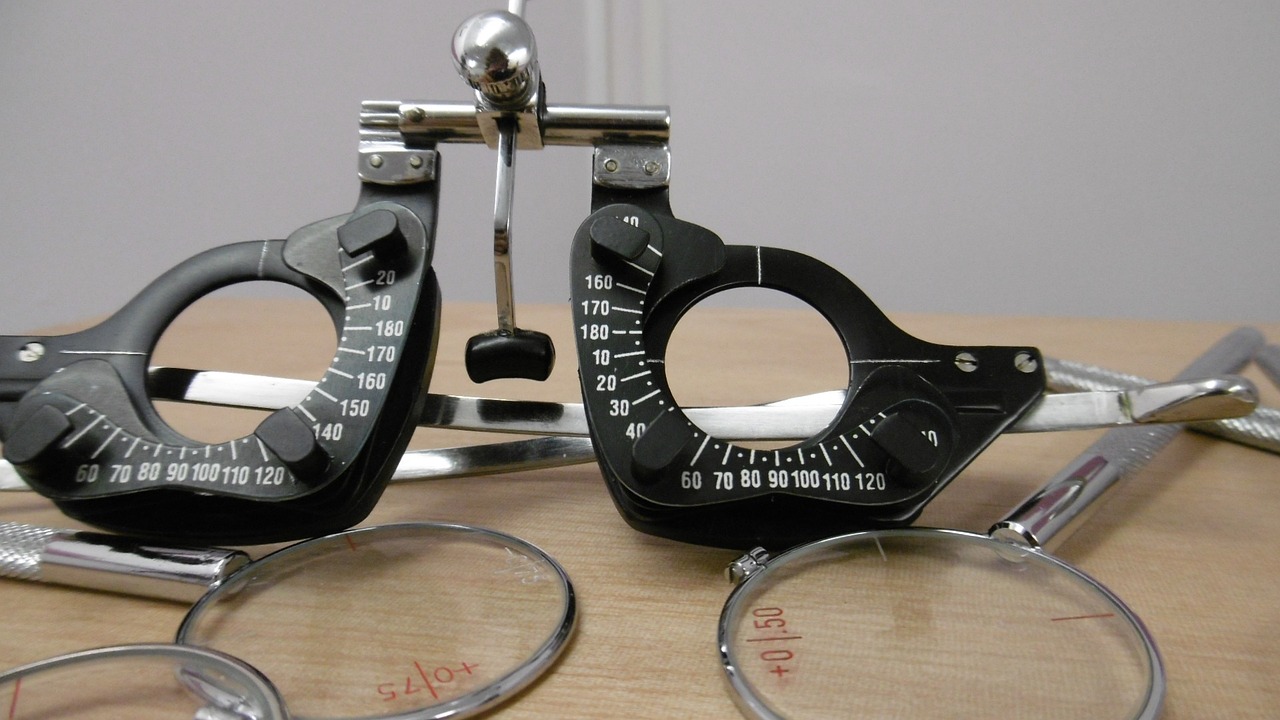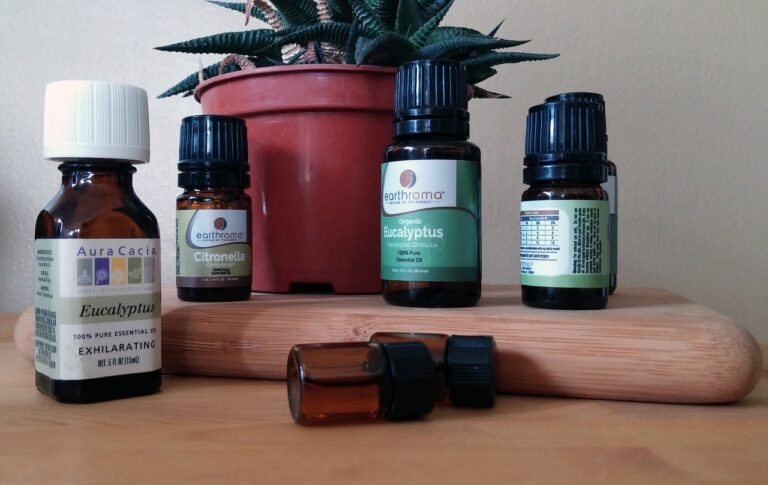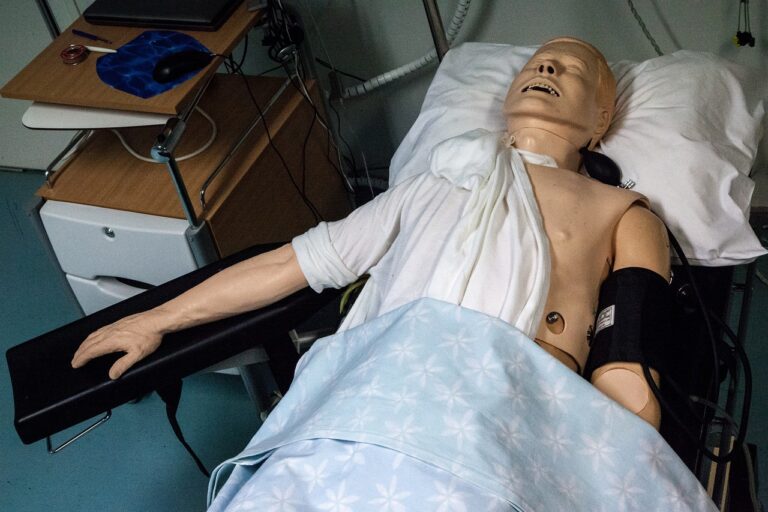Biohacking: Exploring the Trend of DIY Biology
In recent years, biohacking has emerged as a popular trend among individuals seeking to optimize their health and performance through various means. Biohacking involves the integration of biology, technology, and self-experimentation to achieve desired outcomes, such as enhanced cognitive function, increased energy levels, and improved overall well-being. This practice often includes the use of wearable devices, genetic testing, personalized nutrition plans, and other techniques to gain insights into one’s own biology and make informed decisions about health and lifestyle choices.
Biohacking combines biology, technology, and self-experimentation
The goal is to optimize health and performance
Techniques may include wearable devices, genetic testing, and personalized nutrition plans
The History of Biohacking
Biohacking has roots dating back to the 1960s with the emergence of the do-it-yourself biology movement. This movement sought to democratize science and make genetic engineering tools more accessible to the public. As technology advanced, biohacking evolved into a more mainstream practice, attracting individuals from various fields such as biology, computer science, and engineering.
The term “biohacking” gained popularity in the 2000s, as biohackers began experimenting with manipulating their own biology for personal enhancement. This led to the development of techniques like DIY genetic engineering, body modification, and nootropics usage. Over time, biohacking has expanded beyond personal experimentation to encompass a wide range of practices aimed at optimizing human performance and health.
Tools and Techniques Used in Biohacking
Biohacking encompasses a wide range of tools and techniques that individuals use to optimize their biological functions. One commonly used tool is the continuous glucose monitor (CGM), which tracks blood sugar levels in real-time, providing valuable data for understanding how different foods and activities affect an individual’s metabolism. By analyzing this data, biohackers can make informed decisions about their diet and lifestyle to maintain stable blood sugar levels and improve overall health. Additionally, wearable fitness trackers and biosensors are popular among biohackers as they provide insights into various physiological parameters such as heart rate, sleep quality, and activity levels, allowing individuals to monitor and optimize their performance and well-being.
What exactly is biohacking?
Biohacking is the practice of making changes to your lifestyle in order to optimize your body and mind for better performance and health.
How long has biohacking been around?
Biohacking has been around for decades, but it has gained more popularity in recent years with the advancement of technology and the availability of tools and techniques.
What are some common tools used in biohacking?
Some common tools used in biohacking include wearable devices like fitness trackers, genetic testing kits, smart scales, and sleep tracking apps.
What are some popular techniques used in biohacking?
Popular techniques used in biohacking include intermittent fasting, cold exposure therapy, optimizing nutrition, biofeedback training, and cognitive enhancement techniques.
Is biohacking safe?
While some biohacking techniques can be safe and beneficial when done properly, it is important to consult with a healthcare professional before making any drastic changes to your lifestyle.
Can anyone practice biohacking?
Yes, anyone can practice biohacking as long as they are willing to put in the time and effort to research and experiment with different tools and techniques to find what works best for them.







